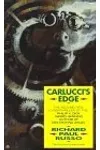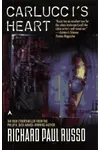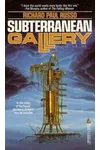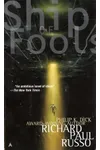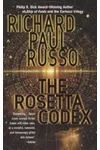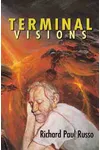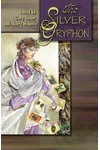Picture an American storyteller who crafts gritty, dystopian worlds where noir detectives unravel cosmic mysteries—meet Richard Paul Russo! This science fiction maestro has captivated readers with his dark, compelling visions of the future, blending hard-boiled crime with speculative wonder. Known for his Philip K. Dick Award-winning novels, Russo remains an underrated gem in sci-fi, inviting us to explore humanity’s edges with every page.
The Making of Richard Paul Russo
Born in 1954, Richard Paul Russo grew up with a love for storytelling that sparked at a young age. By 8 or 9, he was devouring science fiction, though he briefly wandered from the genre before being drawn back by New Wave writers like Ursula K. Le Guin and J.G. Ballard. Russo honed his craft at the prestigious Clarion Workshop in 1983, launching his career with his first story, 'Firebird Suite,' published in Amazing Stories in 1981. His early literary fiction gave way to a passion for sci-fi, where he found the freedom to explore human nature in bold, unconventional ways.
Richard Paul Russo’s Unforgettable Stories
Russo’s bibliography is a treasure trove of dark, thought-provoking sci-fi. His debut novel, Inner Eclipse (1988), set the stage with its haunting exploration of human emotion in alien landscapes. His second novel, Subterranean Gallery (1989), won the Philip K. Dick Award and was a finalist for the Arthur C. Clarke Award, showcasing his knack for blending gritty realism with dystopian futures. The Carlucci Trilogy—Destroying Angel (1992), Carlucci’s Edge (1995), and Carlucci’s Heart (1997)—follows Detective Frank Carlucci navigating a decaying, cyberpunk San Francisco, merging noir mystery with futuristic stakes. Perhaps his crowning achievement, Ship of Fools (2001), also snagged a Philip K. Dick Award, weaving a suspenseful tale of a lost generation starship grappling with faith, madness, and alien horrors.
Russo’s style is defined by understated intensity and richly drawn characters. His worlds feel darkly accurate, reflecting societal decay and human resilience. Whether exploring dystopian cities or far-flung starships, he probes the extremes of human experience, often with a nod to philosophical and religious questions, as seen in Ship of Fools. Fans of cyberpunk and literary sci-fi alike find his work both thrilling and introspective.
Why Richard Paul Russo Matters
Richard Paul Russo’s impact lies in his ability to humanize the vast unknowns of science fiction. His stories don’t just entertain—they challenge readers to confront uncomfortable truths about society, morality, and our place in the universe. Winning two Philip K. Dick Awards cements his influence in speculative fiction, yet his quiet, dedicated approach keeps him a hidden treasure for new readers to discover. Russo’s blend of noir and sci-fi continues to inspire writers and fans who crave stories that linger long after the final page.
- Born: 1954
- Key Works: Subterranean Gallery, Ship of Fools, Carlucci Trilogy
- Awards: Philip K. Dick Award (1989, 2001)
- Fun Fact: Russo lives in Seattle with his wife, Candace, four cats, and two dogs.
Ready to dive into a world of gritty sci-fi and cosmic intrigue? Snag Ship of Fools or the Carlucci Trilogy and discover why Richard Paul Russo’s stories are a must-read for any speculative fiction fan!
